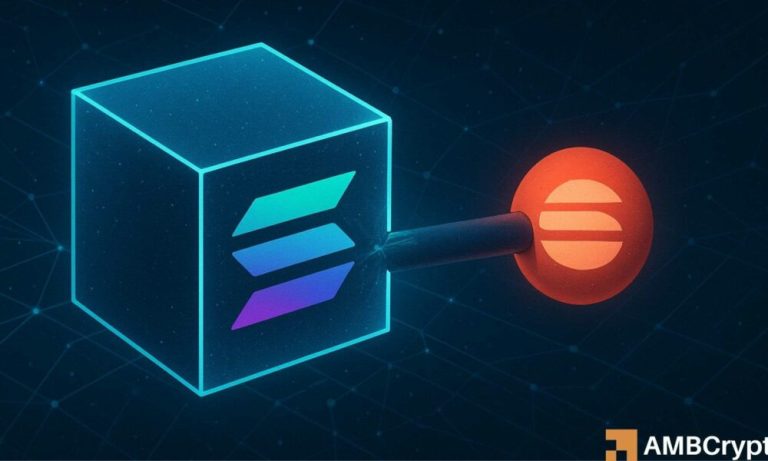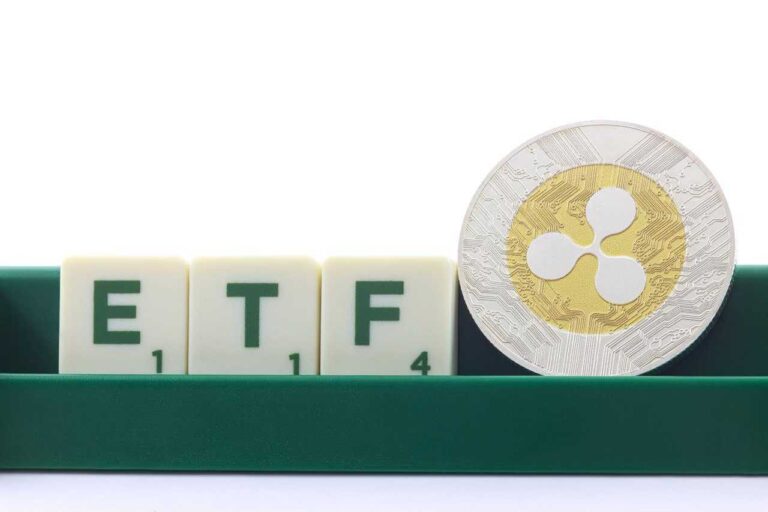
MicroStrategy’s Bold Bitcoin Strategy: A Closer Look
MicroStrategy (MSTR) has become a hot topic in the financial and cryptocurrency world. With analysts debating its innovative approach and critics calling its business model unsustainable, the company has carved a unique space as a major Bitcoin holder. Gold advocate Peter Schiff has been especially vocal, labeling MicroStrategy a ‘fraud’ due to its debt-fueled Bitcoin investments. But is the company poised for failure, or does it hold potential rewards for investors?
Understanding MicroStrategy’s Financial Model
MicroStrategy shifted from issuing convertible bonds to high-yield preferred shares (known as the STR series) in September 2025. These shares offer enticing interest rates but come with a significant risk profile. According to Schiff, the company could face a ‘death spiral’ if its financing structure collapses under pressure from liquidity challenges or a sharp drop in Bitcoin prices.
The company’s strategy relies heavily on its ability to continuously issue shares and retain investor confidence. A major price drop in Bitcoin could, some argue, lead to tighter loan rules, collateral calls, or even forced Bitcoin sales to maintain liquidity. Such scenarios evoke skepticism about the long-term viability of MicroStrategy’s model.
The Case for MSTR’s Leverage
Despite Schiff’s warnings, many investors view MicroStrategy as an alternative way to gain leveraged exposure to Bitcoin. Unlike traditional Bitcoin ETFs, MSTR provides a unique opportunity to grow returns through its continual accumulation of Bitcoin per share. For example, financial analyst Adam Livingstone highlighted that $100,000 invested in MSTR over 10 years could theoretically outperform a Bitcoin ETF by 158%, thanks to this compounding leverage.
Another key factor driving investors to MSTR is its management team, led by Michael Saylor. The team has effectively accessed global markets to secure additional Bitcoin, which, proponents argue, strengthens the company’s long-term growth potential. In their view, MicroStrategy’s transition to higher-interest preferred shares balances execution risk and sustainable financing.
Risks and Rewards for Investors
As of now, MicroStrategy holds 641,692 Bitcoin at an average purchase price of $74,085 per coin, reflecting a 26% unrealized gain even amid market volatility. But skeptics warn that the company’s dual reliance on Bitcoin prices and successful financing creates significant downside risk. A severe crypto market correction could cripple its debt model and significantly impact its valuation.
On the flip side, MicroStrategy acts as a de facto leveraged Bitcoin ETF with a built-in capability to outperform Bitcoin under bullish conditions. For risk-tolerant investors, it offers an intriguing mix of potential high rewards and systemic exposure to Bitcoin market trends.
Conclusion: Should You Bet on MicroStrategy?
While opinions remain divided, MicroStrategy remains a fascinating case study in corporate Bitcoin strategy. Its high-risk, high-reward model appeals to investors seeking leveraged exposure to Bitcoin but is not without significant concerns about sustainability and market volatility.
For those interested in gaining Bitcoin exposure, products like Trezor’s Hardware Wallet offer a more secure, direct alternative to owning cryptocurrency. At the same time, platforms like MicroStrategy demonstrate the innovative ways companies are leveraging finance to embrace the crypto landscape. Whether it’s the best path forward remains a heated debate among analysts and investors alike.



